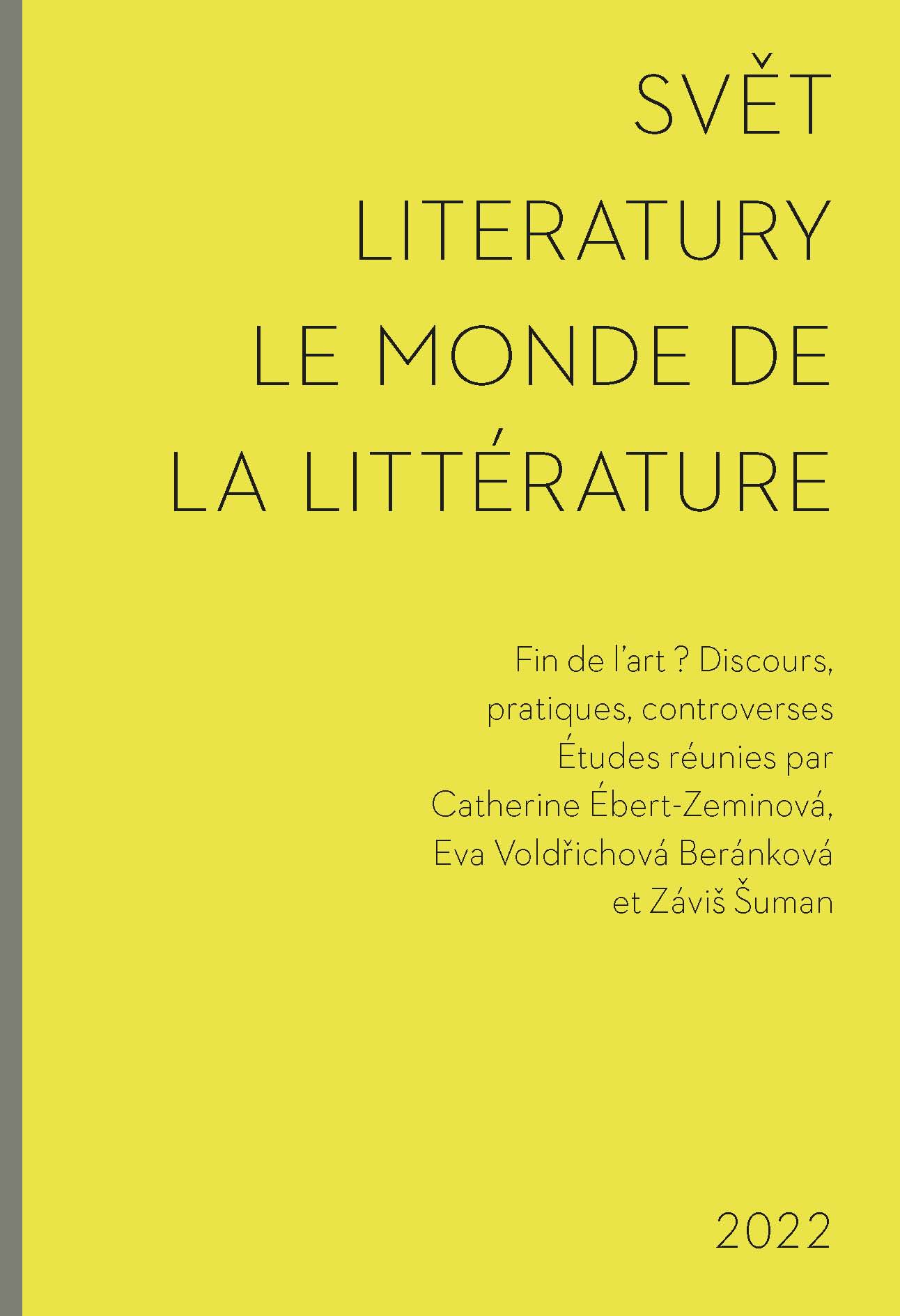Les débats des humanistes sur la finalité de l’art
The Humanists’ Debates on the Finality of Art
Author(s): Virginie LerouxSubject(s): Philosophy, Fine Arts / Performing Arts, Studies of Literature
Published by: Univerzita Karlova v Praze - Filozofická fakulta, Vydavatelství
Keywords: Death of Art; Renaissance; Purpose of Poetry; Admiratio; Mimesis; Catharsis
Summary/Abstract: The question of the telos of art, understood as a term or as a purpose, occupies a key position in the theoretical writings of the humanists. During the Renaissance, the death of art had a heuristic value: it gave meaning to the notion of the “rebirth of the arts”; it legitimized the work of art historians, such as Vasari’s Lives, which were written to compensate for the death of works of art and artists, and it stimulated the legitimization undertakings that accompanied the artistic and poetic revival. The theorists of poetic art thus set out to demonstrate the usefulness of poetry but also to determine its specificity and its own purpose. The Naples school contributed to the popularization of the concept of admiratio, while the dissemination of Aristotle’s Poetics favored the spread of the concepts of mimesis and catharsis. Mimesis is therefore often considered as an “internal purpose” and subordinated to an “ultimate purpose” which consists in teaching by giving pleasure. Catharsis allows the development of a therapy for the passions and the legitimization of literary genres contested by Plato or Boethius. However, it is condemned by some who prefer a pedagogy of example that intends to clearly formulate moral rules. Indeed, while the aesthetic purpose of poetry is taken into account, the ethical purpose takes precedence.
Journal: Svět literatury
- Issue Year: XXXII/2022
- Issue No: Special
- Page Range: 160-172
- Page Count: 13
- Language: French

